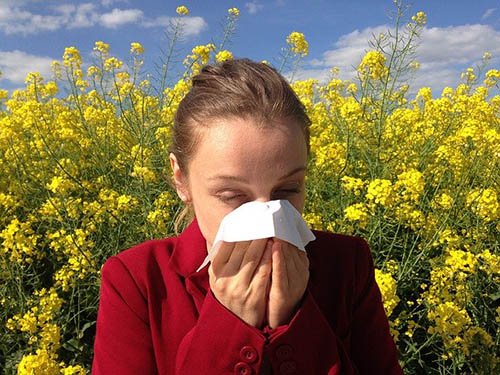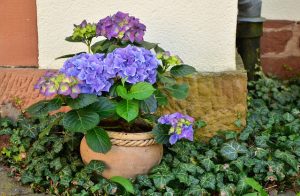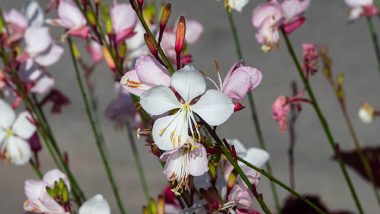Last updated on November 21st, 2025 at 06:55 am
Creating an Allergy-Free Garden for the Home. Did you know American gardeners spend an astounding $48.7 billion on lawn and gardens, according to the annual National Gardening Survey? Gardening techniques and technology have advanced to the point where it is something that is possible both within an indoor and outdoor setting. What stops a lot of people is the fact that they are allergic to pollen and certain types of plants. So how exactly do you go about creating a garden that’s allergy-free?

Know the Triggers
More than 50 million people across the U.S. struggle with allergies as found by the Centers for Disease Control and Prevention. One of the leading triggers of allergic reactions happens to be pollen that comes from certain types of grass, trees, and flowers. Not everyone can have the same allergy triggers so it’s good to see a physician to truly understand what to avoid altogether. Establishing a clear list of triggers is important as that’s when better plans can get drawn up regarding the ins and outs of the garden.
Choose Plants Carefully
Different plants have varying degrees of pollen production, so it’s smart to be aware of which ones you can plant in your garden and which ones to avoid. There are types of hypoallergenic trees that exist, which have very minimal production of pollen, like Cedar, Yew, and Mulberry. Beyond trees, the type of bushes, grass, and flowers should also be carefully selected. While Bermuda grass is a popular option for gardens but it produces a lot of pollen. A good alternative to Bermuda grass would be St. Augustine. Good flower options are Hydrangeas, Forget-Me-Not, Peony, and Iris. Allergic gardeners can even consider planting certain breeds of Cacti.

Plan Their Placement
Even as the plants have minimal pollen output, it’s still smart to keep them at a distance from any windows, doors, patios, and any areas where people likely congregate. A good rule of thumb is to plant them at least three to five feet from the home or from points of wind entry. The best option is to have them against walls that are near the border of your property. As always, gardeners with plant allergies should dress for success by dressing in long sleeves, using gloves, and even facial masks.
Proactive Maintenance
Gardens will continue to grow even without the interference of their owners, and often there can be certain species that can grow despite careful planning. An allergy-free garden will require dedicated and proactive maintenance when it comes to pruning shrubs and keeping weeds out. Weeds produce a large amount of pollen, which defeats the purpose of the rest of the plants. Being proactive eliminates this.
Gardening can be a challenge but it is something that carries a lot of different benefits like relaxation and an aesthetically pleasing area in the home. With careful planning and active maintenance, an allergy-free garden is entirely possible.
Careful planning and effort can create safe spaces for those who love the outdoors but struggle with allergies. Think about someone who wants to enjoy a picnic but reacts to pollen or certain plants. With the right steps, like choosing allergen-free zones and using practical solutions such as portable air filters or hypoallergenic blankets, outdoor time becomes safer and more enjoyable. Some may worry these changes limit the natural experience, but small adjustments don’t mean you miss out—they make it possible for more people to be included. If you know someone with allergy worries, taking these extra steps can let them share in the fun without fear.
Creating an Allergy-Free Garden for the Home


